Girish Sathyanarayana
Intelligent Warehouse Allocator for Optimal Regional Utilization
Jul 09, 2020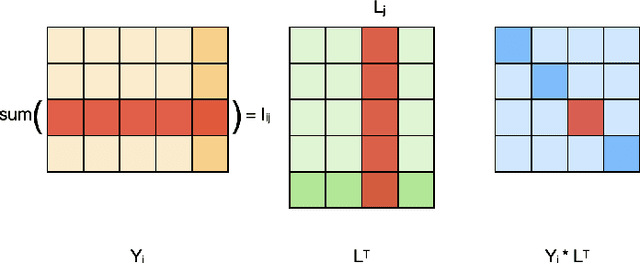

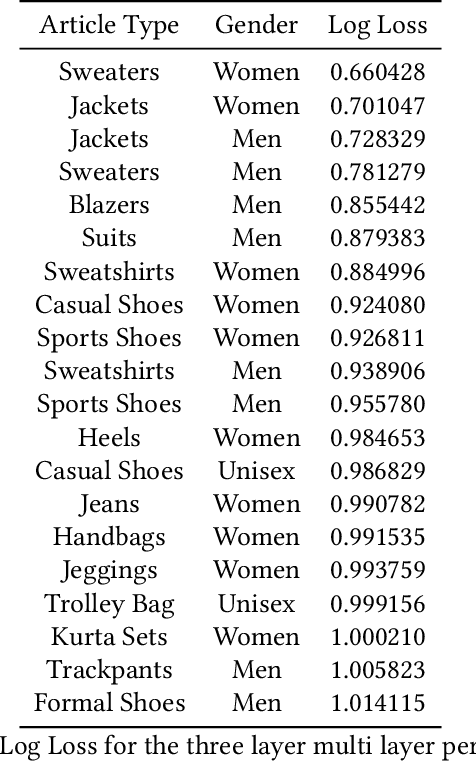
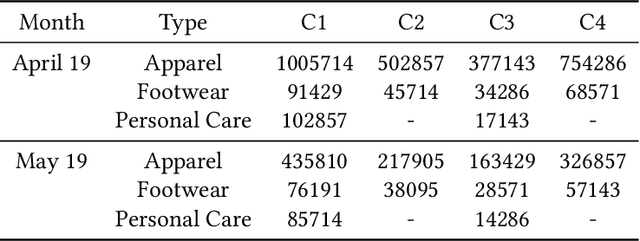
Abstract:In this paper, we describe a novel solution to compute optimal warehouse allocations for fashion inventory. Procured inventory must be optimally allocated to warehouses in proportion to the regional demand around the warehouse. This will ensure that demand is fulfilled by the nearest warehouse thereby minimizing the delivery logistics cost and delivery times. These are key metrics to drive profitability and customer experience respectively. Warehouses have capacity constraints and allocations must minimize inter warehouse redistribution cost of the inventory. This leads to maximum Regional Utilization (RU). We use machine learning and optimization methods to build an efficient solution to this warehouse allocation problem. We use machine learning models to estimate the geographical split of the demand for every product. We use Integer Programming methods to compute the optimal feasible warehouse allocations considering the capacity constraints. We conduct a back-testing by using this solution and validate the efficiency of this model by demonstrating a significant uptick in two key metrics Regional Utilization (RU) and Percentage Two-day-delivery (2DD). We use this process to intelligently create purchase orders with warehouse assignments for Myntra, a leading online fashion retailer.
Utility in Fashion with implicit feedback
Jun 30, 2018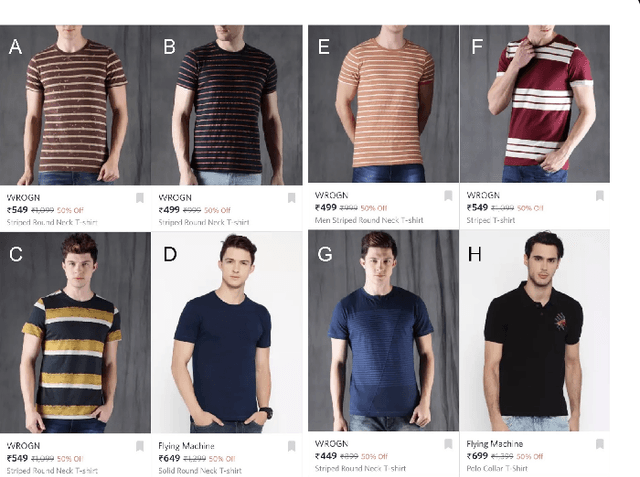

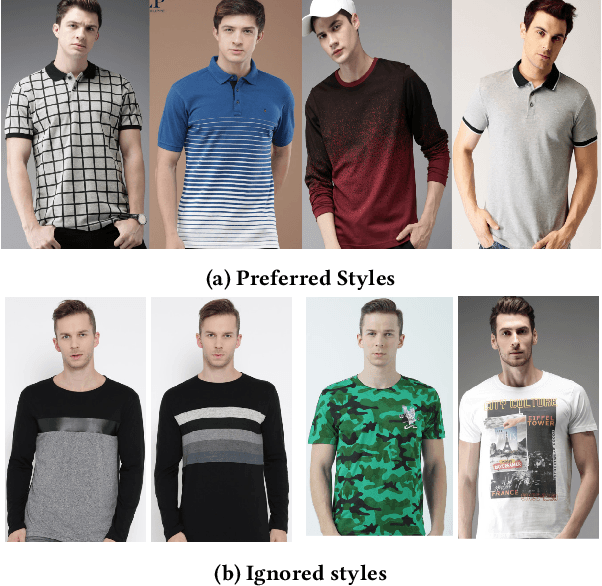
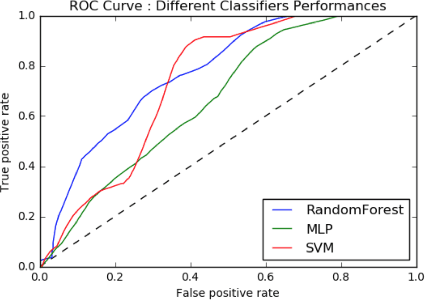
Abstract:Fashion preference is a fuzzy concept that depends on customer taste, prevailing norms in fashion product/style, henceforth used interchangeably, and a customer's perception of utility or fashionability, yet fashion e-retail relies on algorithmically generated search and recommendation systems that process structured data and images to best match customer preference. Retailers study tastes solely as a function of what sold vs what did not, and take it to represent customer preference. Such explicit modeling, however, belies the underlying user preference, which is a complicated interplay of preference and commercials such as brand, price point, promotions, other sale events, and competitor push/marketing. It is hard to infer a notion of utility or even customer preference by looking at sales data. In search and recommendation systems for fashion e-retail, customer preference is implicitly derived by user-user similarity or item-item similarity. In this work, we aim to derive a metric that separates the buying preferences of users from the commercials of the merchandise (price, promotions, etc). We extend our earlier work on explicit signals to gauge sellability or preference with implicit signals from user behaviour.
 Add to Chrome
Add to Chrome Add to Firefox
Add to Firefox Add to Edge
Add to Edge